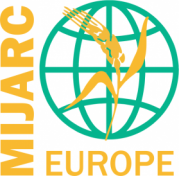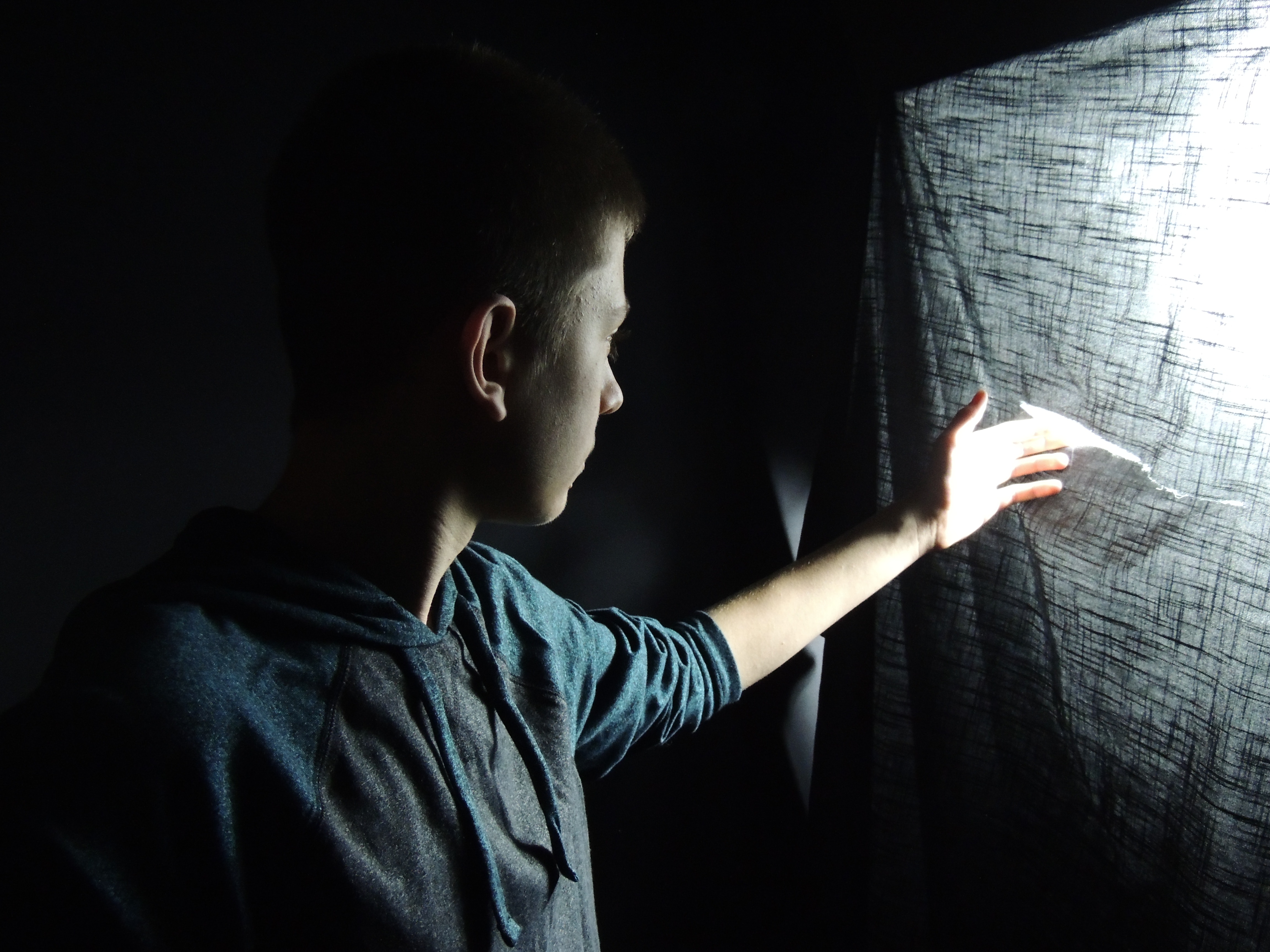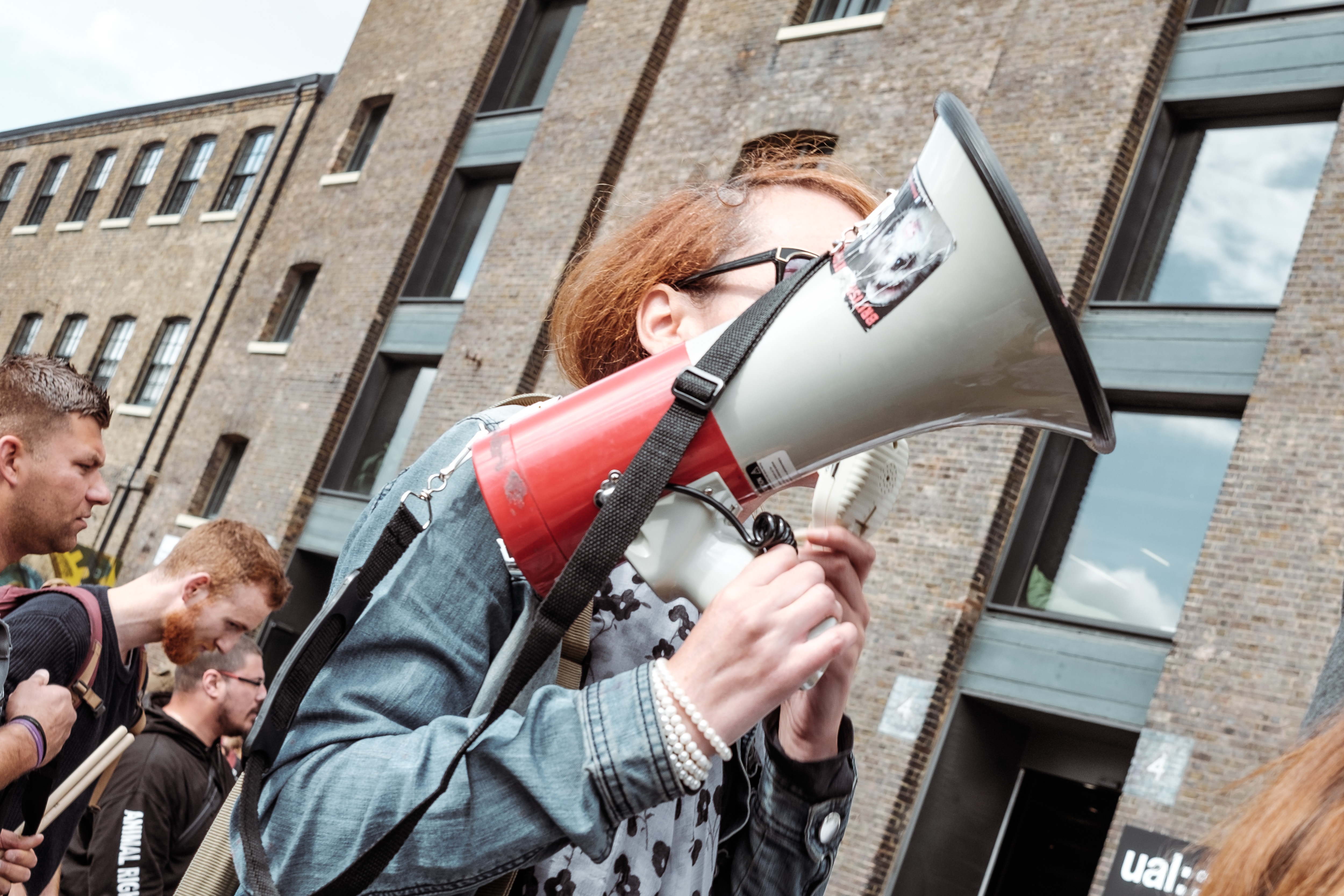 Between the 2nd and 5th July 2017, MIJARC Europe ran the international youth peace camp “We are the others”, part of the annual work plan on the topic of peace. The peace camp took place in Portugal and it was co-financed by Renovabis.
Between the 2nd and 5th July 2017, MIJARC Europe ran the international youth peace camp “We are the others”, part of the annual work plan on the topic of peace. The peace camp took place in Portugal and it was co-financed by Renovabis.
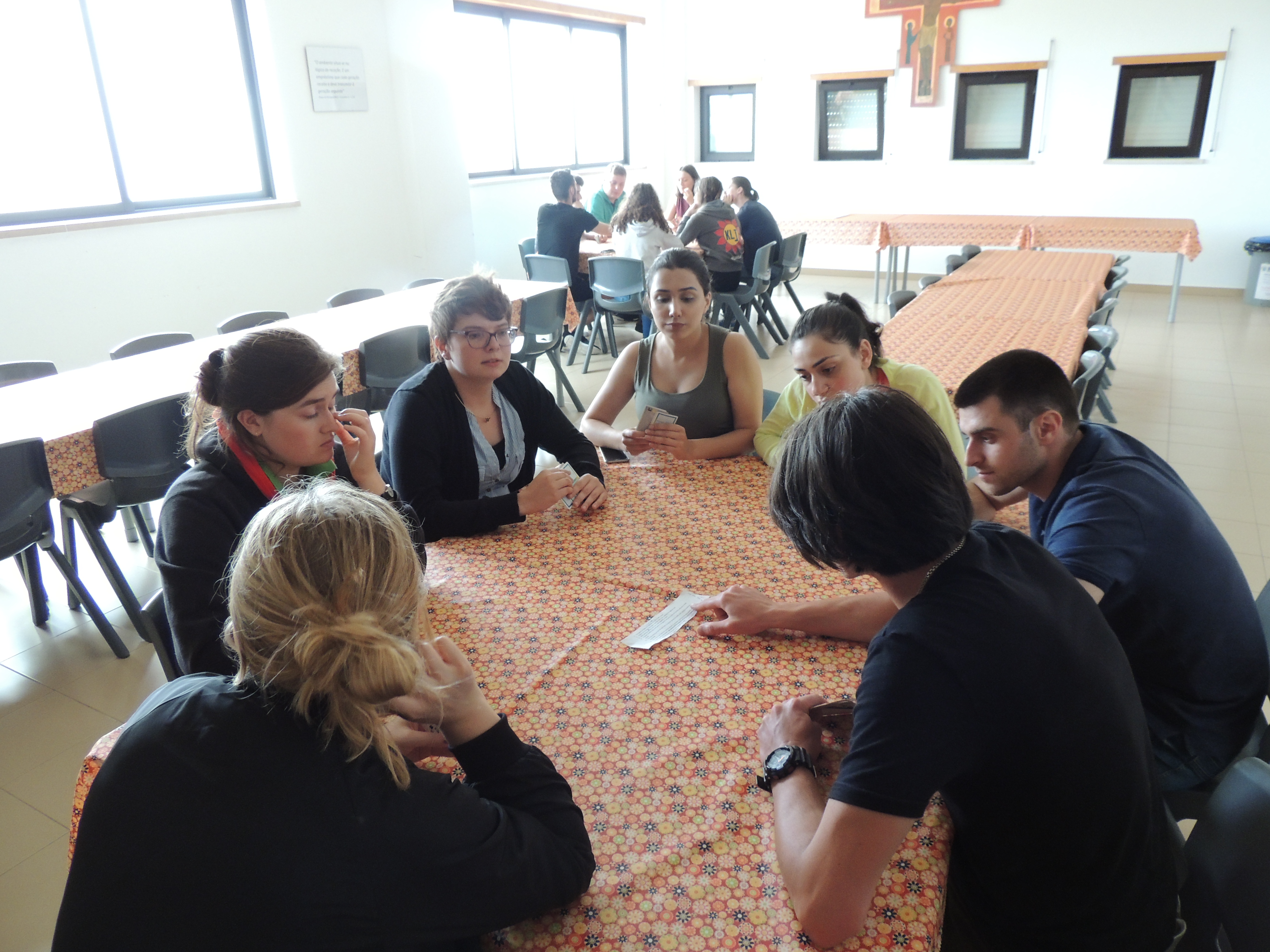 Even though Europe is still one of the most peaceful and prosperous parts of the world, there are some regions on the continent that have become unstable and more insecure and where acts of extremism and an increased fear towards the so-perceived “others” – migrants, refugees or asylum seekers and any minority group – have resulted in lower levels of tolerance, respect of human rights and freedom. In rural areas, conflict often appears because of competition for land and natural resources. In addition to this, poverty, lack of employment and opportunities of a better future can nurture resentment and cause fertile social contexts for intolerance and extremism. Also, for young people living in rural areas conflicts often have devastating consequences making them even more vulnerable.
Even though Europe is still one of the most peaceful and prosperous parts of the world, there are some regions on the continent that have become unstable and more insecure and where acts of extremism and an increased fear towards the so-perceived “others” – migrants, refugees or asylum seekers and any minority group – have resulted in lower levels of tolerance, respect of human rights and freedom. In rural areas, conflict often appears because of competition for land and natural resources. In addition to this, poverty, lack of employment and opportunities of a better future can nurture resentment and cause fertile social contexts for intolerance and extremism. Also, for young people living in rural areas conflicts often have devastating consequences making them even more vulnerable.
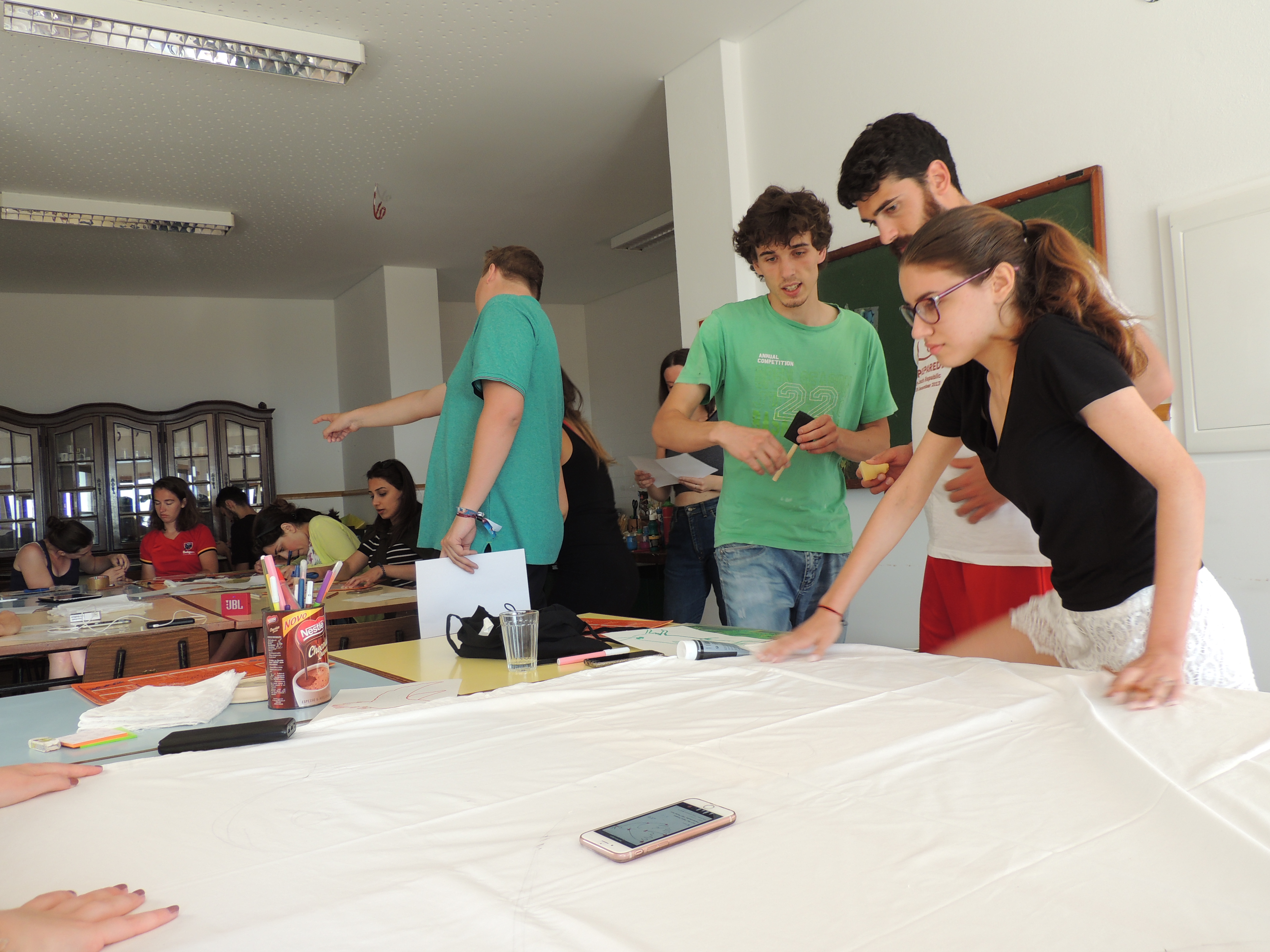 “We are the others” is a youth project that aims to prove everybody exactly what it says: that we all are responsible ourselves for all the situations we are part of. It sends the message that it is always in our power to generate change and play our positive role in our community, country, in Europe and around the world. The project aims to make the young people involved and those it reaches aware of the important and positive role they play in the maintenance and promotion of peace and security at all levels. Its objectives are to encourage tolerance, solidarity and intercultural dialogue exerted by young people as means of moving beyond the mistakes of the past and building the future, to help the rural young people participating in the project acquire intercultural competences in order to become more aware and active citizens for peace, countering radicalization and extremism, to promote a different narrative on the role of young people in conflict contexts depicting them as assets in peace building and peace maintaining and to create a tool for young people to spread their message of peace and social inclusion in their rural communities. It will do this by involving 30 young people from rural areas across Europe: Armenia, Belgium, Bulgaria, France, Germany, Italy, Malta, Portugal and Romania and migrants, refugees or asylum seekers located in Portugal. They all decided to join forces and invest in the development of their intercultural competences in order to be more prepared to work and live with vulnerable groups, to promote social inclusion in their communities and diffuse tensions that appear whenever we see those different from us as “the others”. Through the project, the young participants will create together a Position Paper and a travelling photo exhibition that will include portraits and stories of conflict and peace and photos that will suggest solutions for what young people can do today in order to build a safer and peaceful future.
“We are the others” is a youth project that aims to prove everybody exactly what it says: that we all are responsible ourselves for all the situations we are part of. It sends the message that it is always in our power to generate change and play our positive role in our community, country, in Europe and around the world. The project aims to make the young people involved and those it reaches aware of the important and positive role they play in the maintenance and promotion of peace and security at all levels. Its objectives are to encourage tolerance, solidarity and intercultural dialogue exerted by young people as means of moving beyond the mistakes of the past and building the future, to help the rural young people participating in the project acquire intercultural competences in order to become more aware and active citizens for peace, countering radicalization and extremism, to promote a different narrative on the role of young people in conflict contexts depicting them as assets in peace building and peace maintaining and to create a tool for young people to spread their message of peace and social inclusion in their rural communities. It will do this by involving 30 young people from rural areas across Europe: Armenia, Belgium, Bulgaria, France, Germany, Italy, Malta, Portugal and Romania and migrants, refugees or asylum seekers located in Portugal. They all decided to join forces and invest in the development of their intercultural competences in order to be more prepared to work and live with vulnerable groups, to promote social inclusion in their communities and diffuse tensions that appear whenever we see those different from us as “the others”. Through the project, the young participants will create together a Position Paper and a travelling photo exhibition that will include portraits and stories of conflict and peace and photos that will suggest solutions for what young people can do today in order to build a safer and peaceful future.
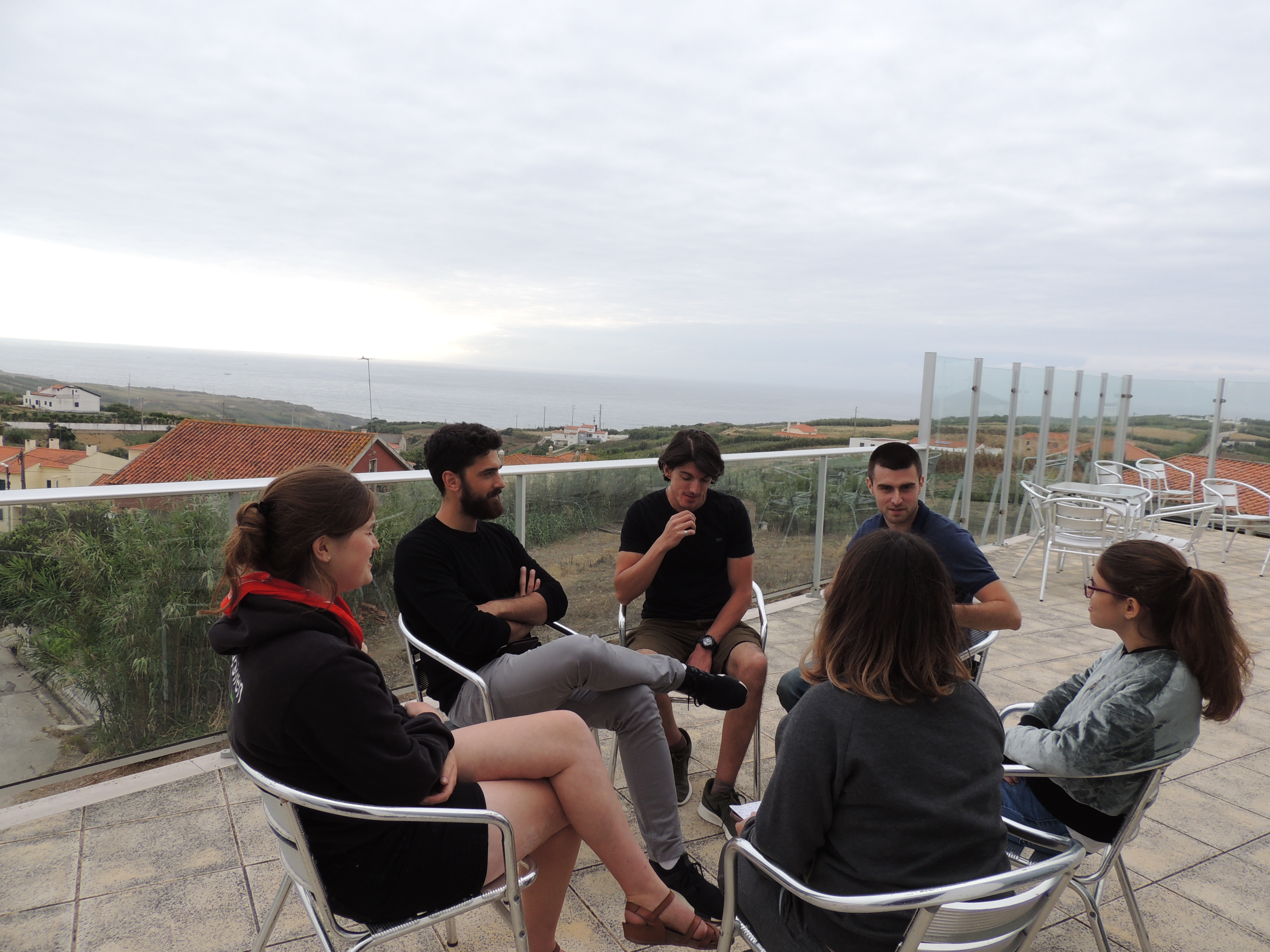 The exhibition will be accompanied by an educational booklet, containing activities designed by the participants that can be done with the exhibition. This exhibition will travel to eleven different countries, to meet with 500 young people and it will also be displayed at a peace festival where it will be seen by more than 5,000 young people from all over Europe.
The exhibition will be accompanied by an educational booklet, containing activities designed by the participants that can be done with the exhibition. This exhibition will travel to eleven different countries, to meet with 500 young people and it will also be displayed at a peace festival where it will be seen by more than 5,000 young people from all over Europe.
